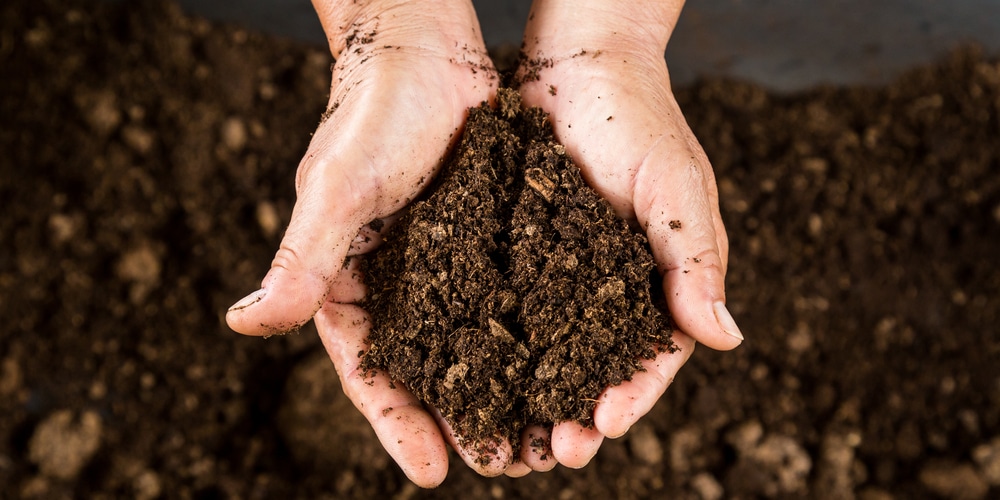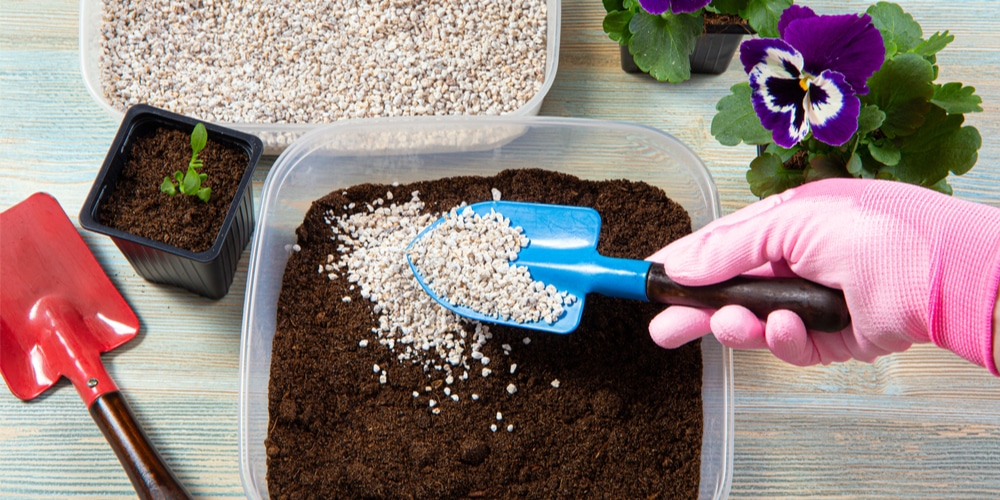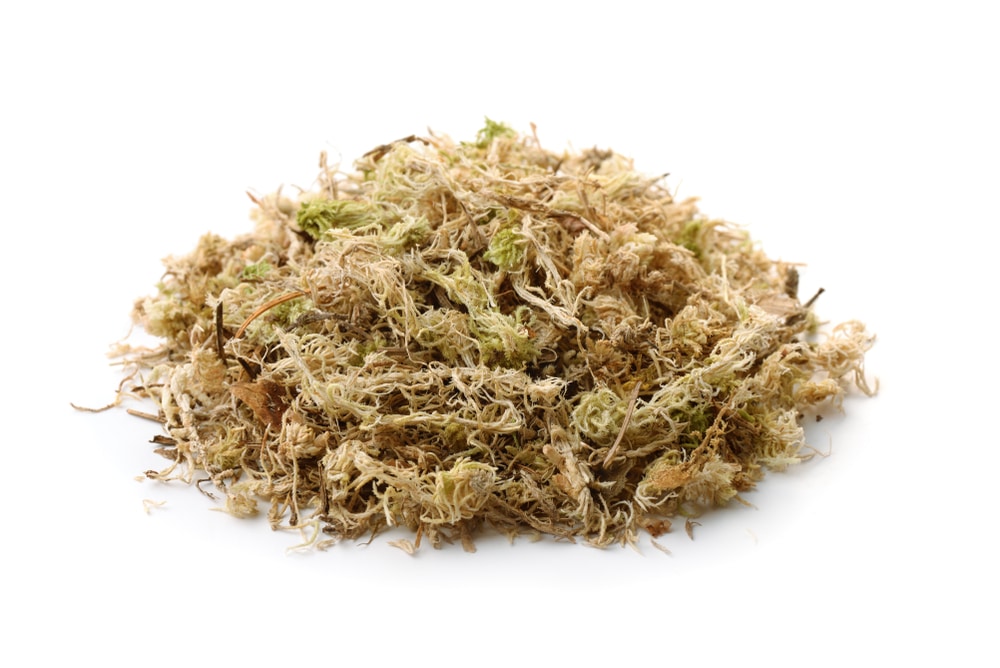Sphagnum moss is an excellent resource when growing potted plants. This moisture-loving and neutral pH moss can help keep orchids and other popular potted plants healthy and hydrated.
Unfortunately, sphagnum moss is a naturally occurring plant that is essential to the biodiversity of many bog ecosystems. The popularity of sphagnum moss for growing plants has led to companies overharvesting the moss and thus disrupting the environmental stability of bogs.
With those concerns in mind, it may be time to choose a sphagnum moss alternative. Read on to learn more about the best options for a sphagnum moss alternatives.
Peat
Many people get confused between peat and sphagnum moss. Technically, peat is the buildup of dead, dry sphagnum moss intermingled with other dried plants. Peat retains plenty of water and will add moisture to your potted plant habitat.
The downside to peat is that it is extremely acidic. You should avoid using peat if you are trying to grow a plant that is sensitive to acidity. Furthermore, since peat also comes from the sphagnum moss plant, it’s not a super environmentally sustainable alternative, although it may be cheaper than its sphagnum moss counterpart.
Perlite
Perlite is a natural rock material that works well as a possible sphagnum moss alternative. This soil option consists of tiny white rocks that come from volcanic material. Perlite can stay lightweight while holding a significant amount of water, which is ideal if you need soil conditions that are damp but not too dense.
Additionally, perlite has a neutral pH, so you can swap it with sphagnum moss without needing to adjust the acidity levels.
Pine Bark
Another sphagnum moss alternative is shredded pine bark or any other common mulch mixture. Pine bark is a particularly good wood option since its pH level is only slightly more acidic than sphagnum moss.
Pine bark can also enhance the porosity of the soil mixture, which is essential if your plant needs plenty of moisture and light, airy soil.
Coir Dust
When it comes to picking a sphagnum moss alternative, coir dust may be the best way to go. Coir dust is the fibrous part of coconuts broken down into a shredded, moss-like texture.
Some studies have shown that coconut fibers are even more effective than sphagnum moss as a non-soil potting material. Coir dust has excellent water retention and a relatively low pH level, perfect for growing healthy produce or decorative plants.
Frequently Asked Questions
Here are answers to some of the most frequently asked questions about choosing a sphagnum moss alternative.
Can you make your own sphagnum moss?
You can grow your own sphagnum moss at home. Fill a short pot or tray with water and place pieces of live sphagnum moss on the surface. Place the moss in the shade and spray the plant monthly with fertilizer.
Is sphagnum moss bad for the environment?
Harvesting sphagnum moss can cause an environmental imbalance. Since sphagnum moss is such a dominant species in bog ecosystems, over-harvesting the plant can negatively impact other living things in the area and reduce biodiversity.
Final Thoughts
Sphagnum moss has some great qualities, but you can successfully use a more sustainable sphagnum moss alternative if you want to save money or help the environment. With so many sphagnum moss alternatives to choose from, you can easily find the best option for your plant-growing needs.


